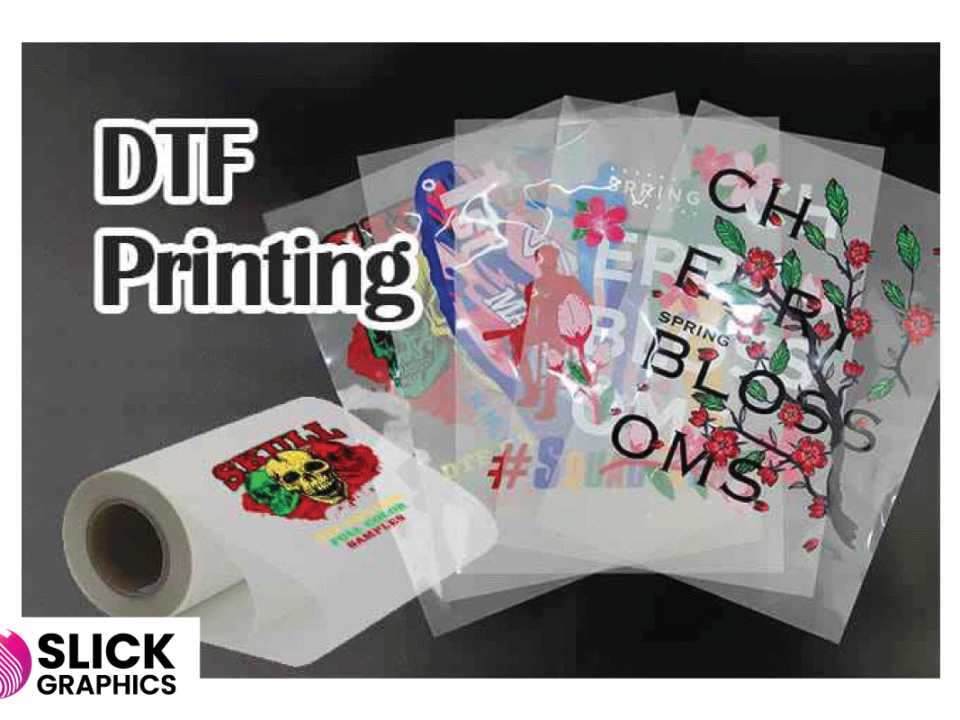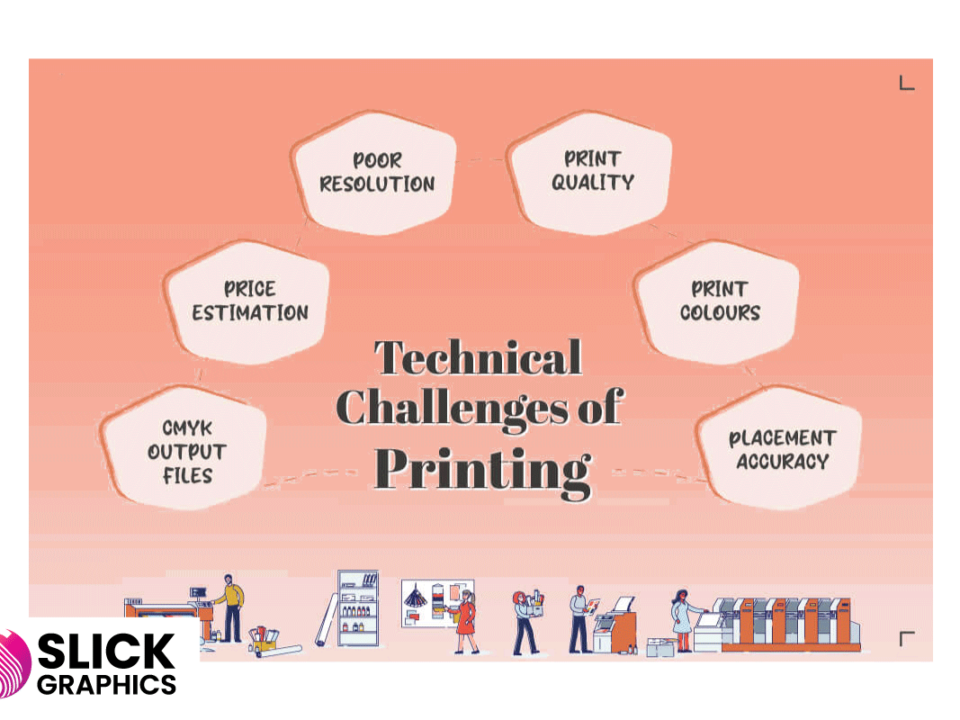Why Case Binding is the Gold Standard for Book Durability
Why Case Binding is the Gold Standard for Book Durability
Why Case Binding is the Gold Standard for Book Durability, When it comes to bookbinding, case binding stands out as the preferred choice for quality, durability, and aesthetic appeal. Often referred to as hardcover binding, case binding involves encasing a book’s pages within a rigid, durable cover, typically made from thick cardboard or another sturdy material. This method ensures that the book is built to withstand time, handling, and frequent use. Here’s why case binding remains the gold standard for book durability.
1. Superior Protection
The robust hard cover provides excellent protection against bending, tearing, and moisture damage, ensuring that both the spine and pages are shielded. This makes case-bound books ideal for high-use publications like textbooks, archival materials, and collector’s editions.
2. Enhanced Aesthetic Appeal
Case binding offers a professional and polished look, giving books an authoritative presence on any shelf. Its design also allows for attractive spine printing, making it easy to spot and identify on a library or bookstore shelf.
3. Longevity and Resilience
Unlike paperback or other softcover bindings, case binding uses stitching along with a reinforced cover to securely hold pages together. This level of construction enables books to endure frequent handling and open flat without compromising the spine or pages, offering years of use.
4. Ideal for High-Value Content
Case binding is commonly chosen for valuable content—whether educational, literary, or collectible—because it preserves the integrity of the book over time. Libraries, institutions, and collectors alike favor case-bound books for their lasting value and resilience.
5. Environmentally Sound and Reusable
Due to its durable nature, case binding reduces the need for frequent replacements, ultimately conserving resources. Some high-quality materials used in case binding are also recyclable, making it an environmentally conscious choice.
In summary, case binding is more than just a binding method; it’s an investment in quality and endurance. For anyone looking to produce a professional, long-lasting book, case binding remains the gold standard.


